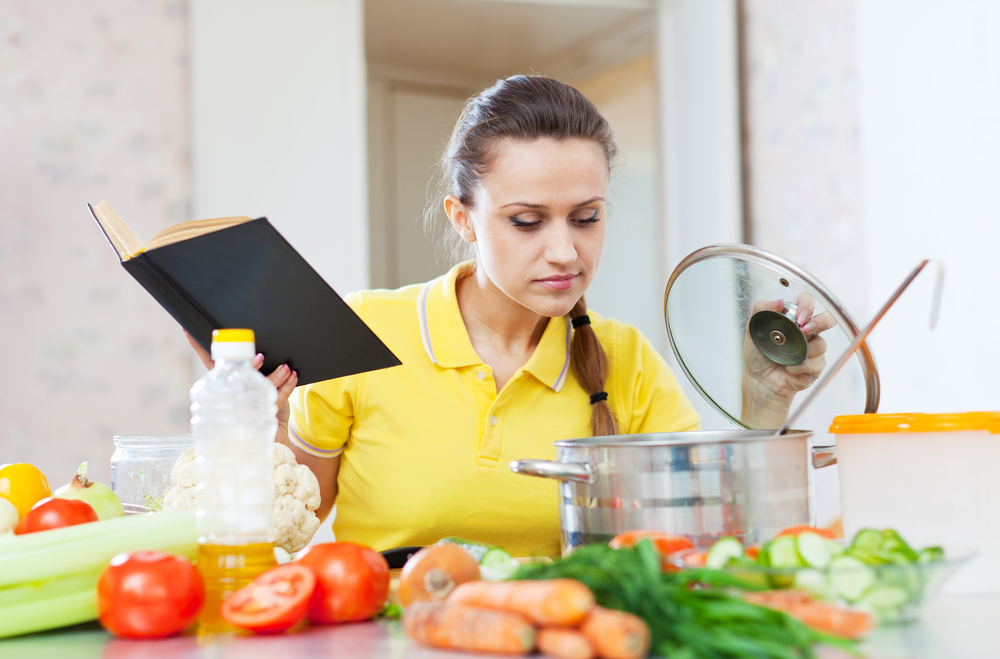
For those recovering from eating disorders, it can be challenging to rebuild a healthy relationship with food. The mere thought of eating, grocery shopping, or preparing meals can stir up feelings of anxiety and stress.
Francesca Baker knows this feeling all too well. Over a year ago, the 29-year-old spent time at an inpatient facility in London to receive treatment for her own eating disorder that she’s been suffering from for nearly 11 years. But it was there in the hospital where an idea sparked to create a cookbook to help her peers enjoy food again and feel safe to eat.
“Patients suffering from eating disorders often wished they felt comfortable eating certain foods and missed the connection with friends and family,” Baker told People magazine. “We laughed [about] how we spoke so much of food, and knew so many meals that we should make a recipe book. It was an idea that a few months later I picked up and ran with.”
With cooking and shopping a part of Baker’s recovery program at the facility, she wanted her book Eating & Living: Recipes for Recovery to focus on helping people conquer those obstacles. “It can be really, really tough to make the right decisions for your body when battling the negative voices of an eating disorder,” she explained, “and sometimes people need extra prompts or support, some guidance, and I hope the book offers that.”
To create her cookbook, Baker reached out to others with eating disorders (some who she met during her stay at the hospital) to contribute their stories of recovery alongside each recipe. “Hearing how people have been in some dark and difficult places but overcome them is always inspiring,” Baker said. “It’s also a good reminder that food, as anxiety-provoking as it can be at times, is ultimately an enjoyable part of life that not only fuels the body, but fosters connection.”
Anorexia nervosa, bulimia, and binge eating disorder affect nearly 20 million women and 10 million men in the U.S. alone. And though recovery is a long road, Baker hopes her book will help people like her take baby steps to enjoy eating again.
“The meals are all balanced and tasty, and can be eaten and shared with everyone,” she told People. “I don’t want it to be that people with eating disorders have to have special food or something different—the idea is ‘normality.'”